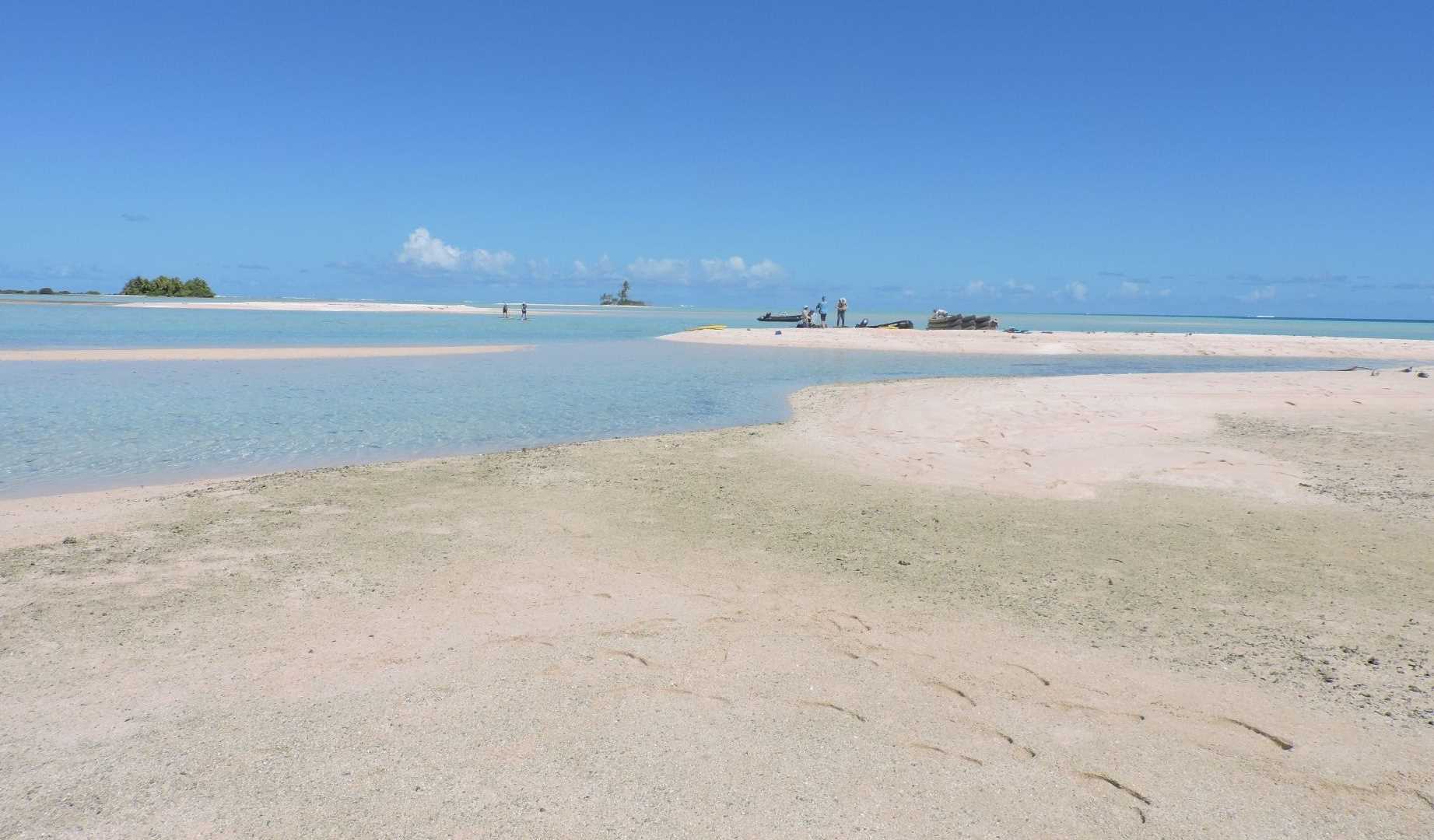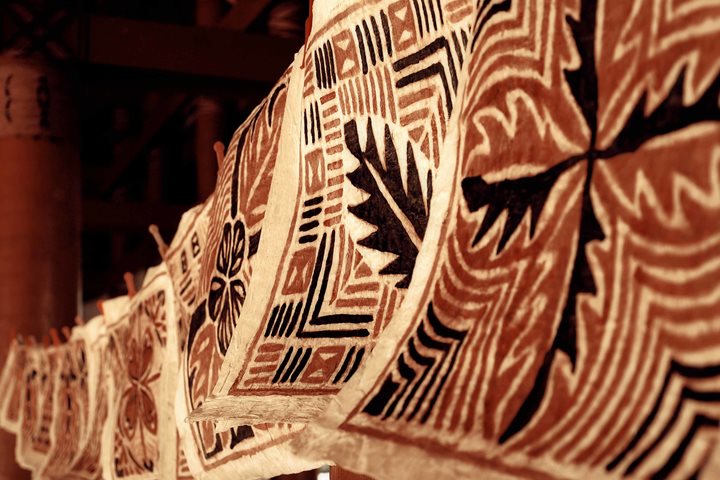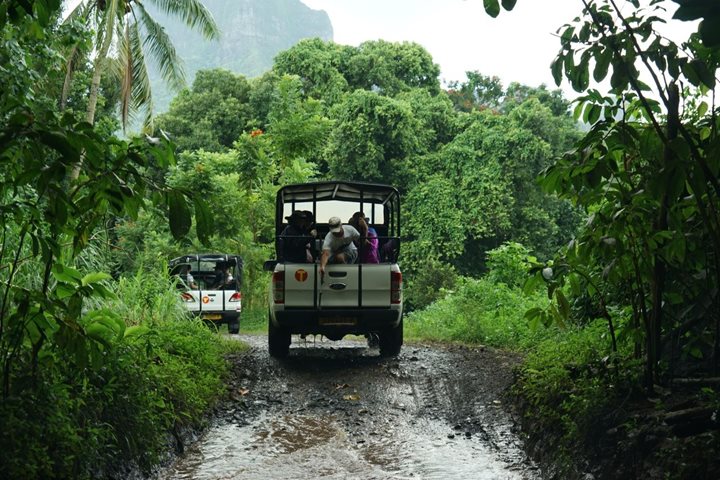We spent the day visiting the southern end of the enormous atoll known as Fakarava. It lies in the western region of the Tuamotu Archipelago and is the second largest atoll in French Polynesia, after Rangiroa. Atolls are coralline structures that barely rise above sea level and come in a variety of shapes, including circular, rectangular, oval, horseshoe-shaped, etc. These shapes are dependent upon the original volcanic seamount that provided the solid structure upon which the coral grew. The coral structure located here, which is perhaps 1,200 meters thick, took many millions of years to form the modern-day platform that now sits atop the ancient seamount. It is somewhat difficult to get one’s head around all this, but it has been proven through scientific testing and analyses. There are numerous small islands, or motus, located on the reef flat that surrounds the atoll, all of which are separated from one another by channels that connect the sea with the central lagoon. Fakarava Atoll is roughly rectangular in shape and has a length of about 60 km (37 mi) and a width of 21 km (13 mi). This includes a wide and deep internal lagoon with a surface area of 1,112 km2 (412 mi2), compared to a land area of only 16 km2 (6 mi2).
Fakarava has a very rich marine ecosystem and has been designated as a UNESCO Biosphere Reserve in order to insure its preservation. The atoll reserve encompasses Fakarava Atoll and six nearby atolls, all of which is a recognized area where local communities are actively involved in governance and management, research, education, training and monitoring. This promotes both socio-economic development and biodiversity conservation. Fakarava Atoll is home to several species of rare birds, many interesting plants, bizarre terrestrial crustaceans, and lots of marine life. The flora and fauna is enhanced with quaint villages, old coral structured churches, and friendly, welcoming people.
Our activities were designed around the tidal movements in this enormous lagoon. Right after breakfast, we all went ashore to enjoy one of the southern motus. The one we picked is surrounded by sand flats and turquoise-colored shallows. Some of us explored the island and exposed reef flat more in depth, while others opted for water activities, such as kayaking, paddle boarding, and snorkelling (a few did both). A beautiful, natural aquarium-like pool was discovered near the landing, which was perfect for the snorkelers to view many fish in a semi-contained area. Those who walked around the island discovered lots of island arrowroot covering the ground in some places. This interesting plant was utilized by Polynesians as food, but is poisonous in its natural state and must be soaked and washed for a couple days before it is safe to eat. One has to wonder how they figured this out.
We visited Fakarava’s famous “South Pass” after lunch. With a strong incoming tide, most guests opted for an exciting drift snorkel which transited the pass. Several groups of us in turn jumped into the water from snorkel Zodiacs near the mouth of the pass and then got swept quickly into the lagoon. It was an amazing way to view the vast growths of coral and multitudes of fish…including MANY sharks! In the meantime, we offered some glass-bottomed Zodiac tours for those not keen in the drift snorkel adventure. Fakarava Atoll is world famous as a diving mecca and it was a great experience for all of us. During the day’s operations, our beloved ship simply drifted off shore near the South Pass, because the water surrounding the atoll is way too deep for her to anchor on the bottom.
As a wonderful way to finish the delightful day, we were entertained in the Lounge after dinner with a crew show. Who knew we had such talented people working aboard National Geographic Orion? (Actually, many of us already knew we had talented crew members.)








